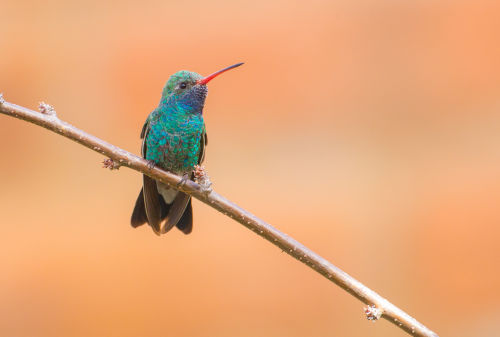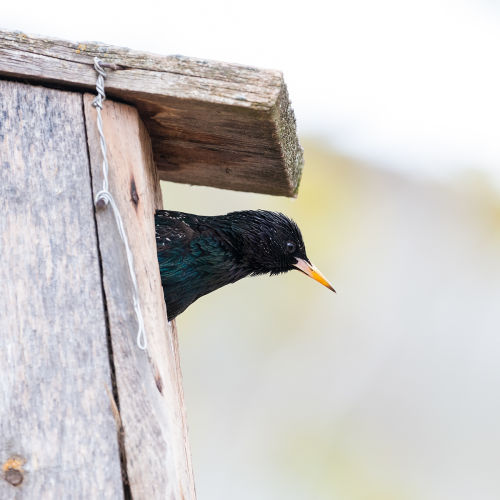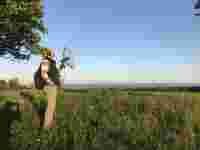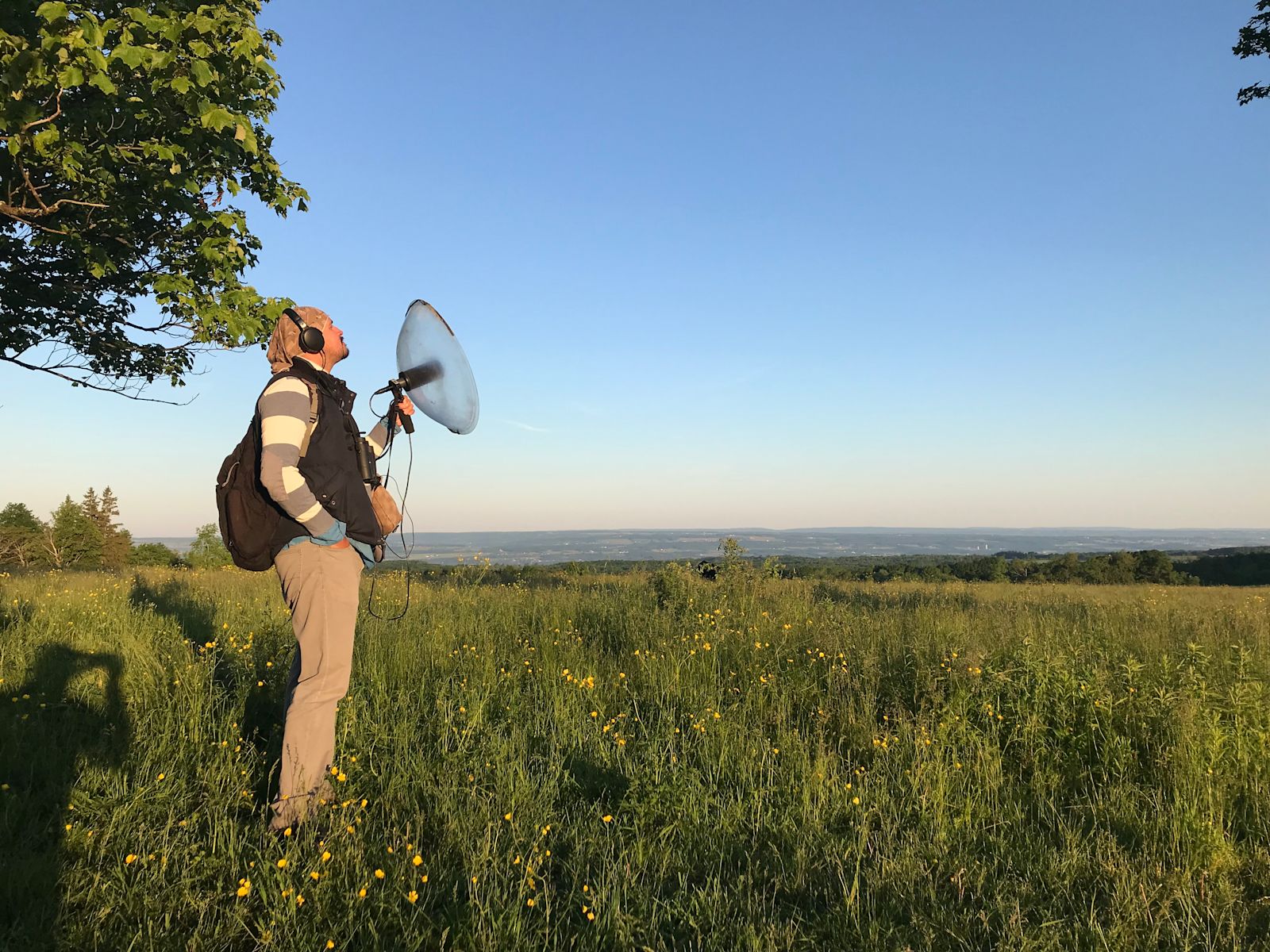
You are one of the world’s best birders not only thanks to your excellent sight but also thanks to your refined auditory senses. How much do you rely on recognizing sound when birding?
All the time. If you focus on having the ability to learn different songs, it becomes more fun. On one level, birding by ear makes you a better sensor. You are better at detecting all the birds in the area and thus become a better citizen scientist. Identifying birds by ear helps me to deliver more accurate representations of what species are present.
From a general birding experience, it is very rewarding to be able to identify sounds and calls. I get frustrated when I do not recognize them. That frustration spurs me on to put in the hard work to learn them. It is very doable to learn bird sounds. You can get an example of every species from the database of the Macaulay library. There are spectrograms for visual learners, which makes memorizing sounds a lot easier by looking at the graph of frequency and time. These visualizations are a big trade-in in Merlin now. We are trying to make it easier for anyone interested.
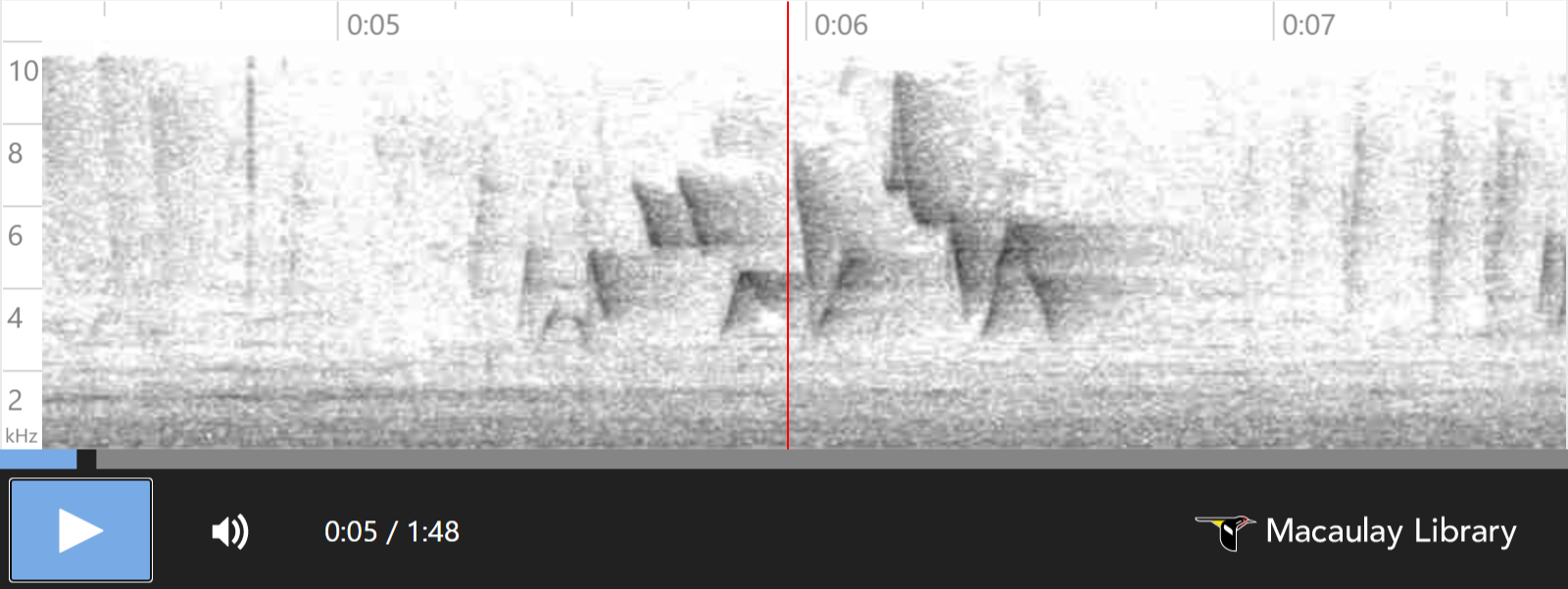
>> Listen to the song of the Canada Warbler <<
Canada Warbler Cardellina canadensis
© Nicholas Sly
Champaign, Illinois, United States |12. May 2015 | TheCornellLab
Most people find it very difficult to identify birds by their song. What would you recommend to somebody who has little experience in birding? How can they start to use their hearing in order to recognize different species?
Use the apps. And do study seriously. You have to invest time and practice. Like all other skills, it is work to learn it, but there are great tools out there that can help you. I stumbled into Dick Walton’s “Birding by Ear“ at a very young age and learned to hear the differences in pitch, tone, and patterns in vocalizations . I listened to those before falling asleep. At the age of 15, it was not considered cool to be listening to bird calls and songs over and over, but fortunately, I had these handful of friends who liked the same books and CDs. I found my people and knew that I can be okay with this.

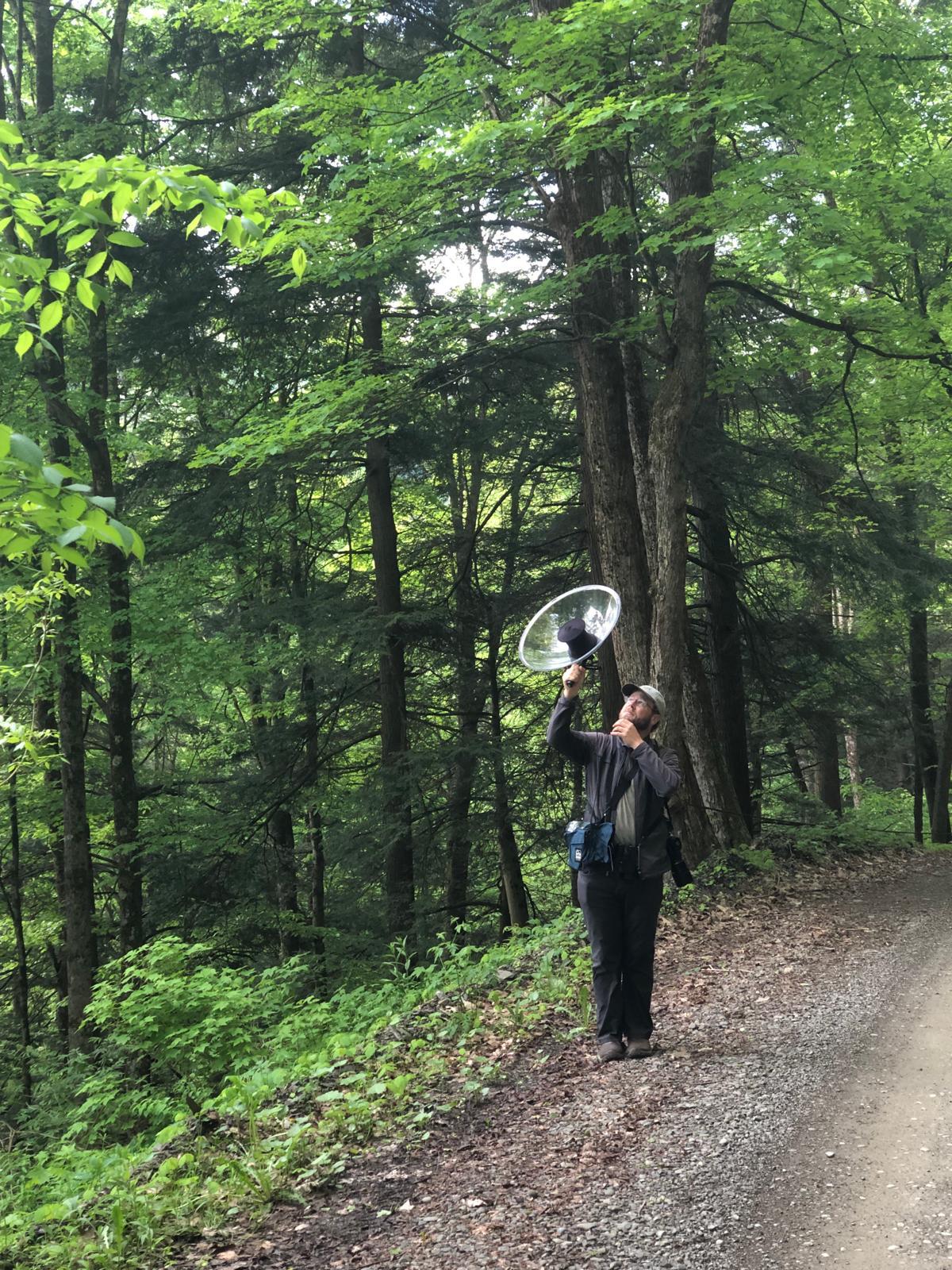
Image to the right: © Cullen Hank/ Cornell Lab of Ornithology
